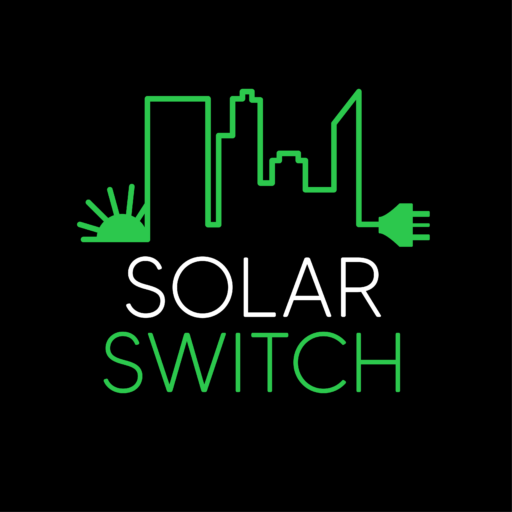Solar Switch applies for the government rebate and lodges all paperwork requirements on your behalf to make the process as hassle-free as possible. This provides our clients with a discount on the purchase price of their solar system upfront, which is displayed as part of each individualise quote, thereby reducing the initial investment cost substantially. Government rebates reduce by 10% each year, so there is no better time than now to make the switch to solar energy. The Renewable Energy Target is split into two parts. The Large-scale Renewable Energy Target (LRET) and the Small-scale Renewable Energy Scheme (SRES). Both schemes create financial government incentives to invest in renewable energy generation. Solar PV Systems up to 100kW are eligible for the SRES, and systems above 100kW are eligible for the LRET.
STCs
The SRES creates a financial incentive for owners to install small scale solar installations under 100kW. The SRES works by issuing Small-Scale Technology Certificates (STCs) for these installations. The number of STCs issued is based on how much electricity the system will generate until 2031. One STC is the equivalent of one megawatt-hour of electricity.
For example, a 100kW system (approximately 300-400 panels) will produce around 1,934MWh worth of electricity until 2031, meaning your business would currently receive 1,934 STCs.
STCs are an electronic form of currency that can be purchased, sold and traded on an open market, often to recover a portion of the cost of purchasing a system. (It’s common practice to allocate the STCs to the system provider in exchange for a discount on the purchase price.) Their value fluctuates with supply and demand, normally between $34 and $40 and the average value of an STC as of 2021 is $37.
For example, if the value of an STC is $30, you’d receive a $58,000 discount off the cost of a 100kW system.
LGCs
The LRET creates a financial incentive for large scale renewable energy installations such as Solar PV Systems, above 100kW. After the system has undergone an accreditation process, the owners can generate Large-Scale Generation Certificates (LGCs).
One LGC can be created for every megawatt-hour of electricity generated. Like STCs, LGCs can be purchased, sold and traded on an open market, and their value fluctuates according to supply and demand.
The key difference between STCs and LGCs is that LGCs are produced on an ongoing basis (once the system has been installed, is producing electricity, and has undergone the accreditation process) instead of STCs created upfront.
For example, a 200kW system would produce an average solar output of 320,000kWh or 320MWh. This means they would produce 320 LGCS.
LGCs currently trade for around $35 as of 2021, which means at the current value, a 200kW system would receive around $11,200 per year in government incentives.
Accreditation and creating LGCs
To create LGCs, the solar system needs to become an ‘accredited power station’. The first step would involve the system owner becoming a ‘registered person’ in the REC Registry. Once this has been completed, the system owner can apply for power station accreditation.
Following successful accreditation, LGCs can be created in the REC Registry, where once validated, they can be made available for purchase. LGCs are sold through the open LGC market, where the price will vary according to demand.
Solar Switch can assist and manage the accreditation and sales process for both STC’s and LGC’s.
